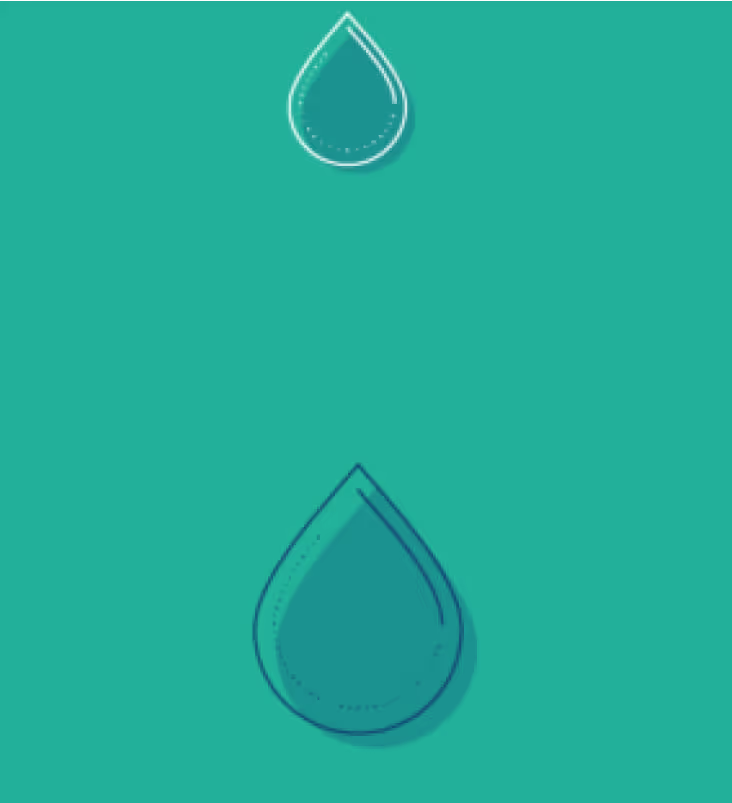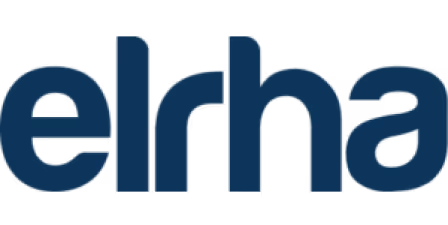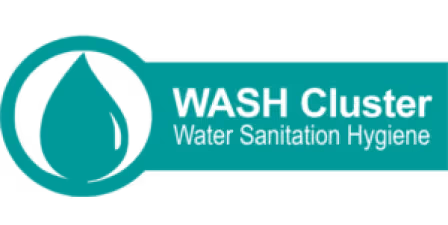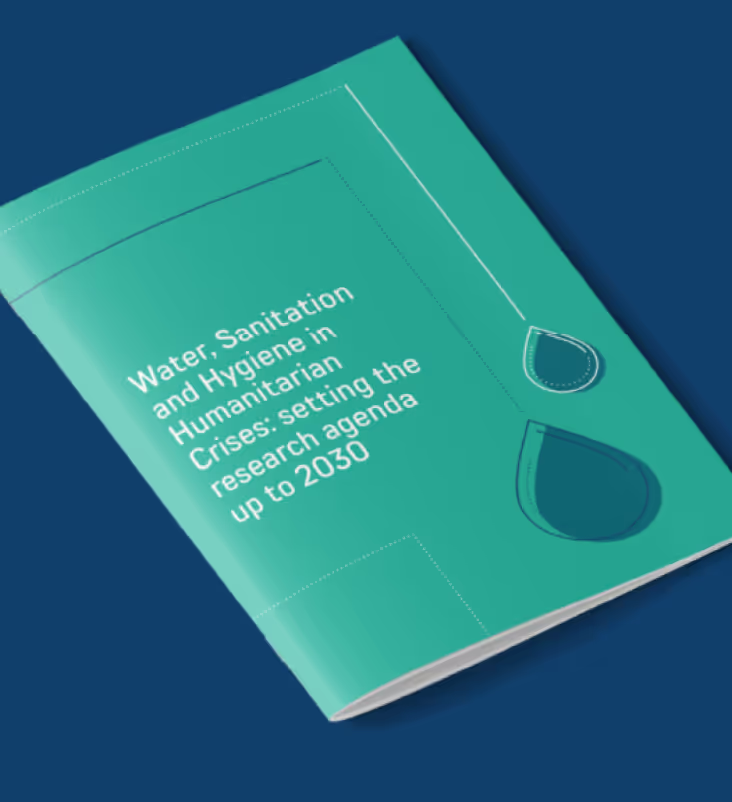Water, sanitation and hygiene in humanitarian crises: Setting the research agenda up to 2030

Overview
In 2023, the United Nations Office for the Coordination of Humanitarian Affairs (OCHA) anticipates that a record 339 million people will need humanitarian assistance and protection – a significant increase from 274 million people at the beginning of 2022.
Given that humanitarian emergencies are occurring at increasing rates and affecting a growing number of people, evidence-based strategies and new solutions – including in water, sanitation and hygiene (WASH) – are vital to ensure that people’s essential needs are met, and that they can live in dignity and are protected from WASH-related diseases.
In 2020, through the Global WASH Cluster (GWC) the Humanitarian WASH Road Map 2020– 2025 was launched, articulating the need to enhance the capacity of the WASH sector to deliver a predictable, quality humanitarian response through strengthened collective commitments and strategic partnerships. The Road Map included an initiative focusing on research and innovation, highlighting the need for a more evidence-informed humanitarian WASH response. Building on an existing collaboration between the GWC and Elrha, this WASH research priority setting was commissioned by our Research for Health in Humanitarian Crises (R2HC).
A consultative approach, based on the Child Health and Nutrition Research Initiative (CHNRI) method, was used to identify WASH research priorities in a transparent, consultative, comprehensive, and replicable way. The results of this exercise serve as a guide for researchers, humanitarian practitioners, and funding agencies by providing a prioritised list of research questions that, when answered, will contribute to improved WASH policy and practice in humanitarian crises.
Download full report
Lorem ipsum dolor sit amet, consectetur adipiscing elit. Lorem ipsum dolor sit amet, consectetur adipiscing elit.
The findings of this WASH Research Prioritisation are presented in an interactive table below. This visualisation presents the prioritisation analysis of the 128 WASH in crises research questions voted by 286 respondents. The research questions aggregated across groups can be re-ordered by professional category, gender, or region of work using the below filters.
Research priority questions for WASH research in humanitarian settings
This work was commissioned by Elrha and conducted by researchers at the London School of Hygiene & Tropical Medicine (LSHTM) and Tufts University.
The findings of WASH Research Prioritisation are presented in an interactive table below. This visualisation presents the prioritisation analysis of the 128 WASH in crises research questions voted by 286 respondents. The 128 research questions aggregated across groups can be re-ordered by professional category, gender, or region of work using the below filters.
Select options from the dropdowns to display data
| Research Question | Impact | Answerability | Relevancy | Translatability | Implementability | Total Score |
|---|
This work was commissioned by Elrha, conducted by researchers at the London School of Hygiene & Tropical Medicine (LSHTM) and Tufts University.





Anne Harmer
Former Head of R2HC, Elrha
“The results of this exercise serve as a guide for researchers, humanitarian practitioners and funding agencies by providing a prioritised list of research questions that, when answered, will contribute to improved WASH policy and practice in humanitarian crises.”
Read the full report
The WASH in crises research agenda serves as a guide for researchers, humanitarian practitioners and funding agencies, providing a prioritised list of research questions that, when answered, will contribute to improved WASH policy and practice in humanitarian crises.

Explore Elrha
Learn more about our mission, the organisations we support, and the resources we provide to drive innovation in humanitarian response.